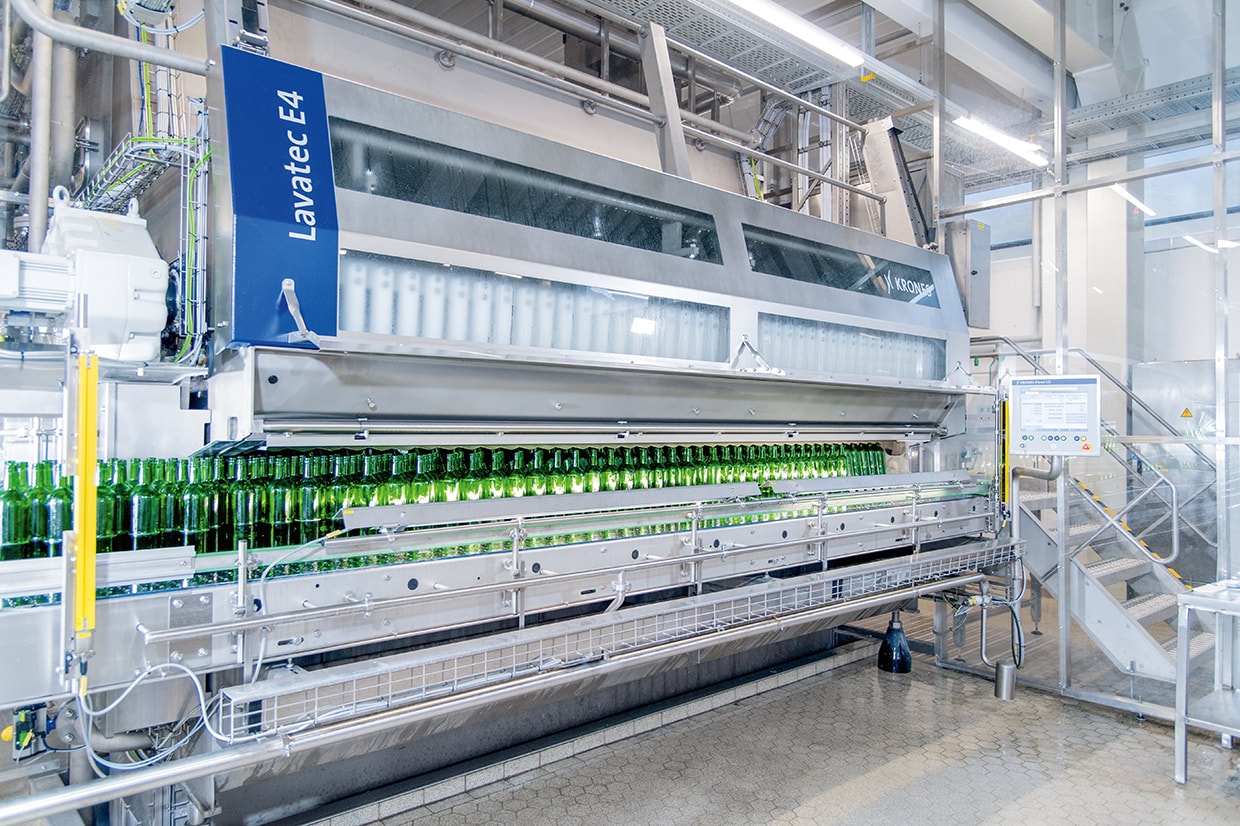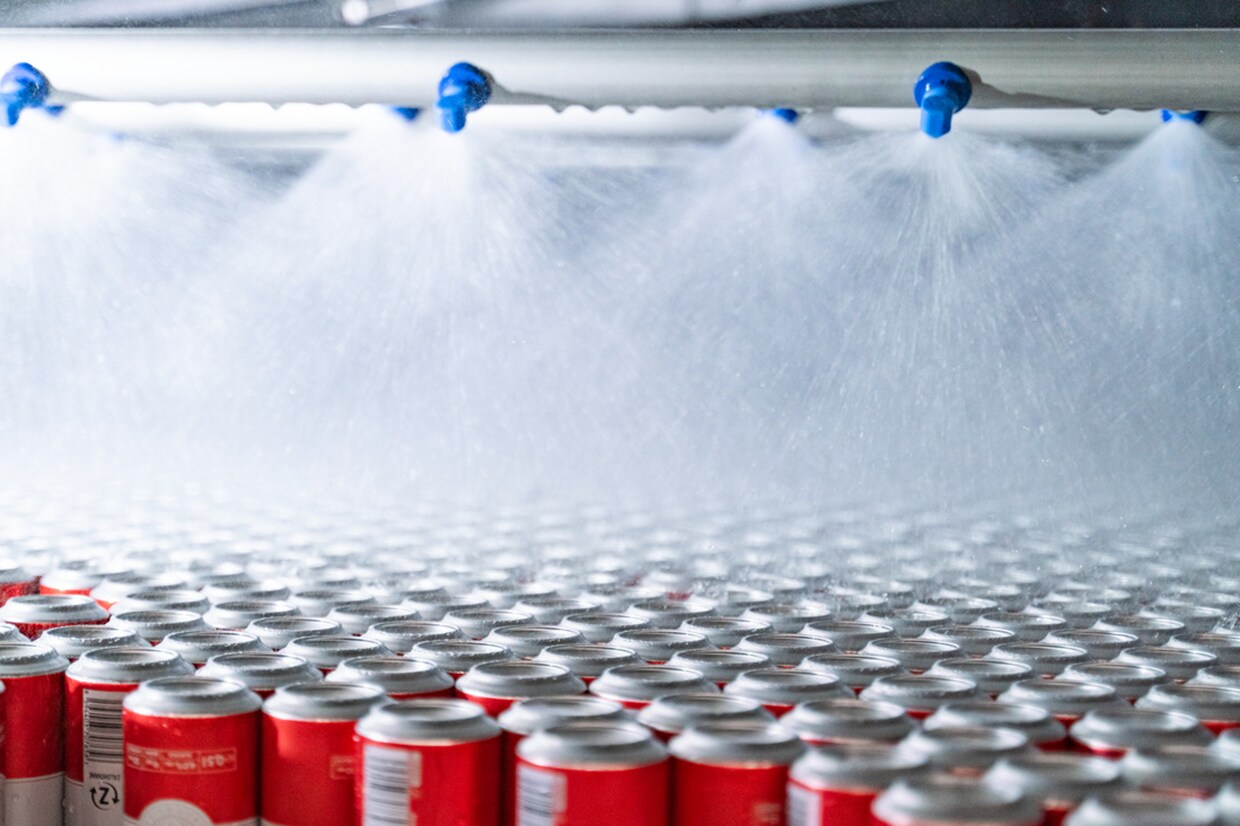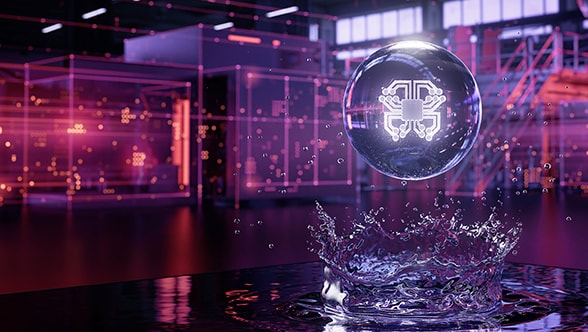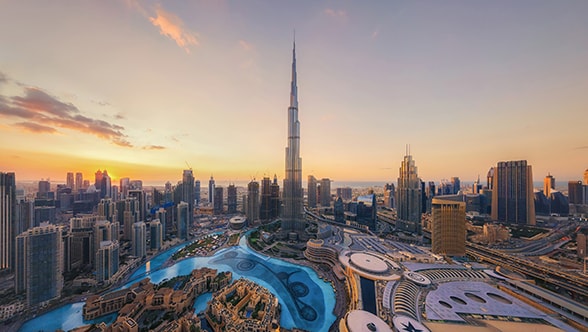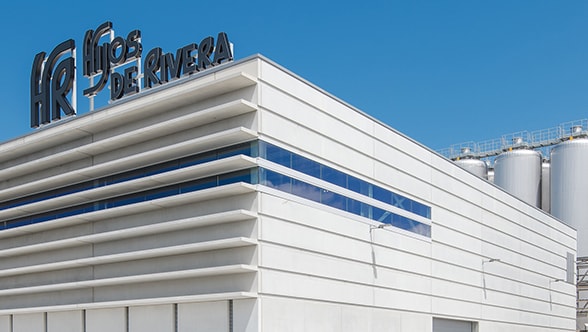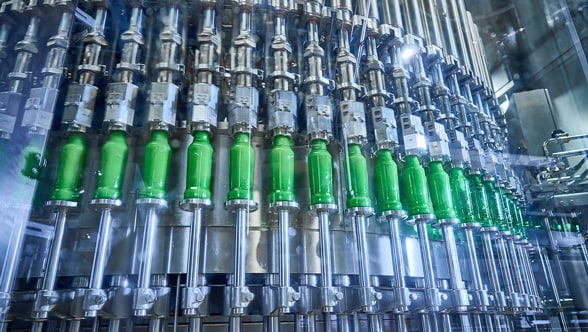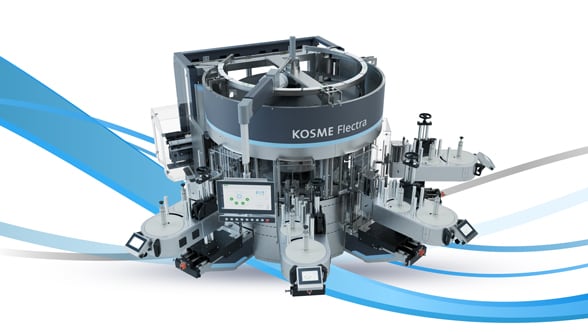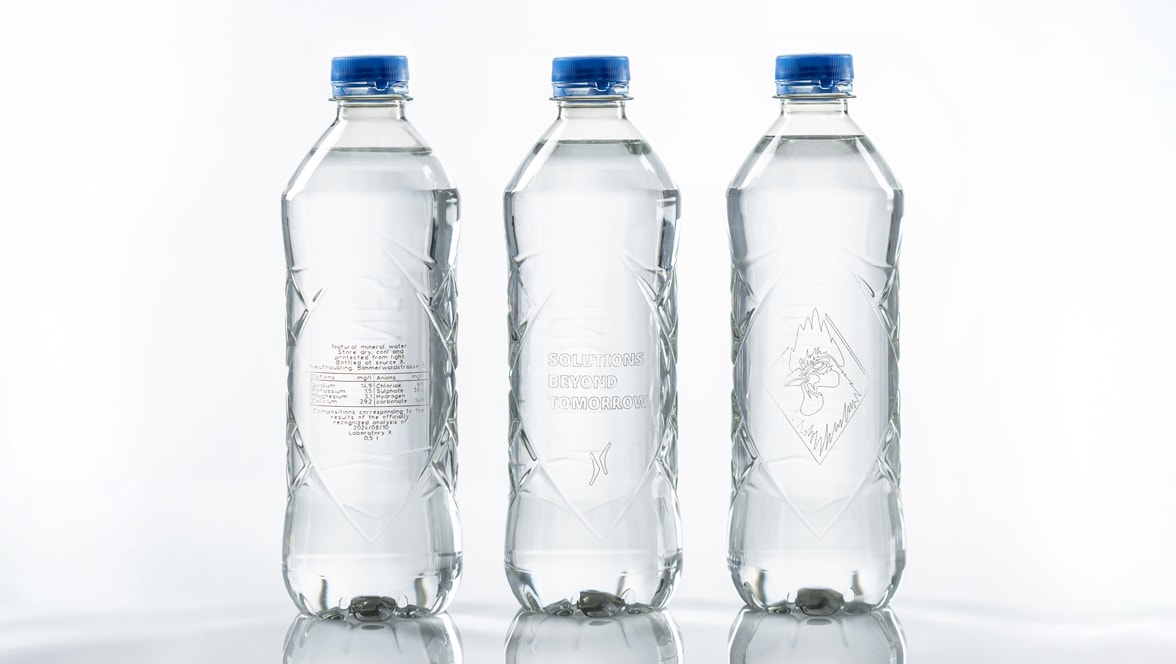Quite a lot – or should we say quite a little – is possible when it comes to water consumption in beverage production, reports Norbert Ottmann of Krones’ sustainability consulting service: “Our most ambitious customers in the CSD arena are setting consumption targets of 1.3 or even 1.1 liters of water per liter of beverage produced.” And that number includes the liter or so of water that goes into the drink itself. That means the remaining water budget for the line is calculated with very narrow margins.
At present, the average water consumption in most beverage plants is still above these “best in class” targets. While it’s true that water supply has been a major consideration in some regions since time immemorial, most companies have until recently focused primarily on energy consumption. But that is changing now. For example, in its latest benchmarking study, the Beverage Industry Environmental Roundtable, a coalition of 17 global beverage companies, reports that its members have been increasingly turning their attention to efficient and sustainable water use.

